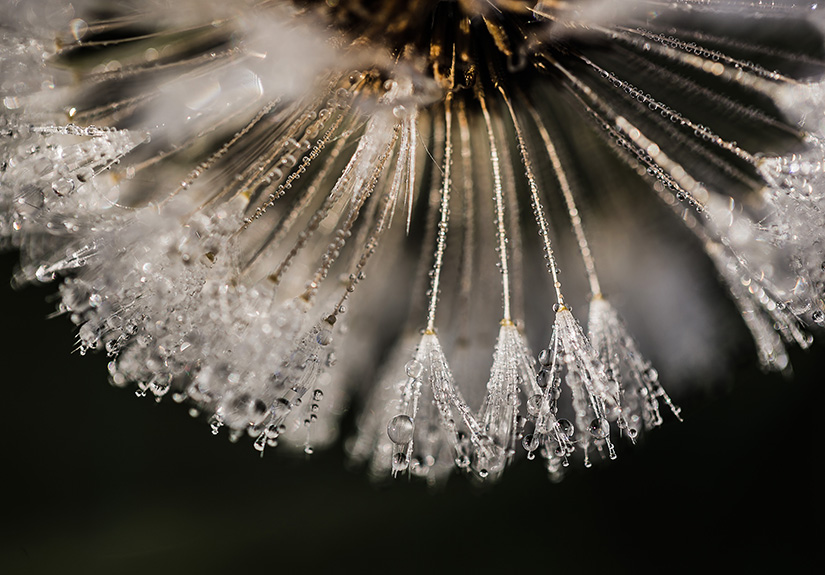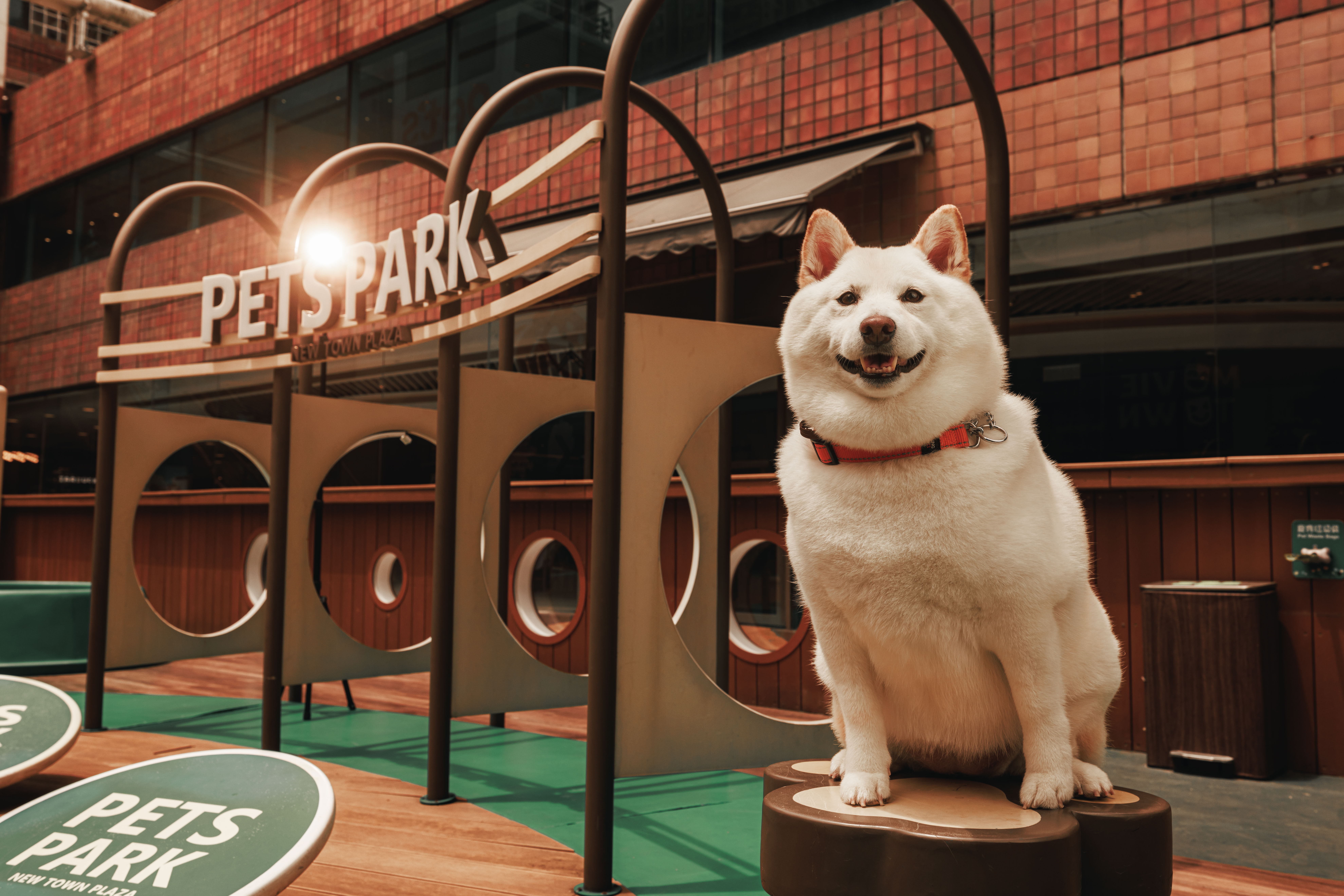Shooting in the Rain
Photo on a sunny day is always attractive, as the color, white balance and sharpness of the picture get enhanced easily. However, a rainy day doesn’t mean a bad day for photography. Take your camera and go explore how many photo opportunities you can have in the rain.
Spectacular Raining Scene from a Wide Perspective
We can take photos of the rain in many different ways as long as the photos convey the mood of raining. It’s actually not easy to capture the falling rain itself because of the limitations posed by the focal length and ambient light. To convey the mood of a rainy day, we can add some other photo elements and make use of the contrast. For example, when photographing portrait in the rain at medium focal length, we can include the umbrella and the raindrops above in the composition.
If you are shooting at wide-angle, make use of the difference in the amount of rain as a contrast for more dramatic result. For example, the photo below taken from the top of a hill showed the entire scene of rainstorm with the big dark cloud. A contrast between the blurry raining area on the left and the clear scenery on the right further emphasized the power of the downpour, making the photo look more spectacular.

Title:《昂船洲大橋上的暴雨》 Club Canon Member:lightcreator
EOS 6D•EF 24-70mm f/2.8L II USM•1/100s•f/5.6•ISO 400
EOS 6D•EF 24-70mm f/2.8L II USM•1/100s•f/5.6•ISO 400
Capture the Diverse Beauty of Raindrops with Different Shutter Speeds
To capture more details of the rain, we can adjust the shutter speed according to the rain’s falling speed, such as using a slow speed shutter to capture the silky look of the rain if it is not heavy. As rain is transparent, we should take photos on a dark-colored and clean background in order to outstand the strokes of rain. To capture rain that looks crystal clear, we can use a telephoto lens and a fast shutter to take photos of raindrops clinging to the eaves or the moment a splash is created when the raindrops hit the stagnant water. In general, a shutter speed of 1/1000s or above is fast enough to capture the solid forms of raindrops. Also pay attention to the aperture and ISO setting to avoid under-exposure.
Besides, raindrops clinging to a plant or window are also good photographic subjects. Try to shoot from a horizontal angle to capture the droplets as if they were falling. If you have a macro lens, you can also capture the reflected images in the droplets for more interesting result.

Title:《淚的小雨》 Club Canon Member:清風
EOS 5D Mark III•EF 100-400mm f/4.5-5.6L IS USM•1/400s•f/6.3•ISO 1600
EOS 5D Mark III•EF 100-400mm f/4.5-5.6L IS USM•1/400s•f/6.3•ISO 1600
A Whole New Perspective with Water Reflections
Apart from taking photos of the rain itself, the streetscapes after rain are also interesting scenes to shoot! Remember the “Mirror of the Sky” in Sai Wan? After heavy rains, many photo lovers go there to take photos that mimic the “Mirror of the Sky” effect by photographing the large area of stagnant water. In the photo below, the photographer also made the water reflections the subject deliberately to create a distinctive nightscape photo showing the magnificently lit historical building in a wonderful night.

Title:《晨曦•雨中古城》 Club Canon Member:Angcat
EOS M•EF-M 18-55mm f/3.5-5.6 IS STM•8s•f/7.1•ISO 100
EOS M•EF-M 18-55mm f/3.5-5.6 IS STM•8s•f/7.1•ISO 100
Use of Colors and Lighting Contrast
The use of contrast is always a good way to outstand the subject. There is no exception for rainy photos. We have already mentioned about making contrast in a wide-angle scene. Next we will look at making contrast with the inclusion of other photo elements. Take the below photo as an example. The wet and slippery ground and the vivid red leaf created a good contrast in colors and brightness. Besides, for portraits on a rainy day, we can use a flash with high output power to highlight the subject, turning it into a silhouette while putting emphasis on the raindrops for a contrasting result.

Title:《雨中紅葉》 Club Canon Member:fLoREncE
EOS 5D Mark II•EF 70-200mm f/4L IS USM•1/160s•f/4.0•ISO 1250
EOS 5D Mark II•EF 70-200mm f/4L IS USM•1/160s•f/4.0•ISO 1250
The Gear to Use in the Rain
How we shoot in the rain without getting our equipment damaged and raindrops getting into the body and lens is a main concern to many people. Therefore, it’s important to learn how to protect our gear. One easiest way is to take photos from a sheltered place (such as in the car). But if this is not possible, many of the Canon’s DSLR cameras (such as EOS-1D X, EOS 5DS / EOS 5DS R, EOS 5D Mark III, EOS 7D Mark II and EOS 6D) and L-series EF lenses featuring dust and water resistance design can still offer you the peace of mind to shoot on a rainy day.
If you are planning to shoot in the rain for a long period of time, use a rain covercover to protect your camera and lens from water. Be reminded that the inside of the camera is not resistant to water. So change your lenses only when you are in a sheltered place.




